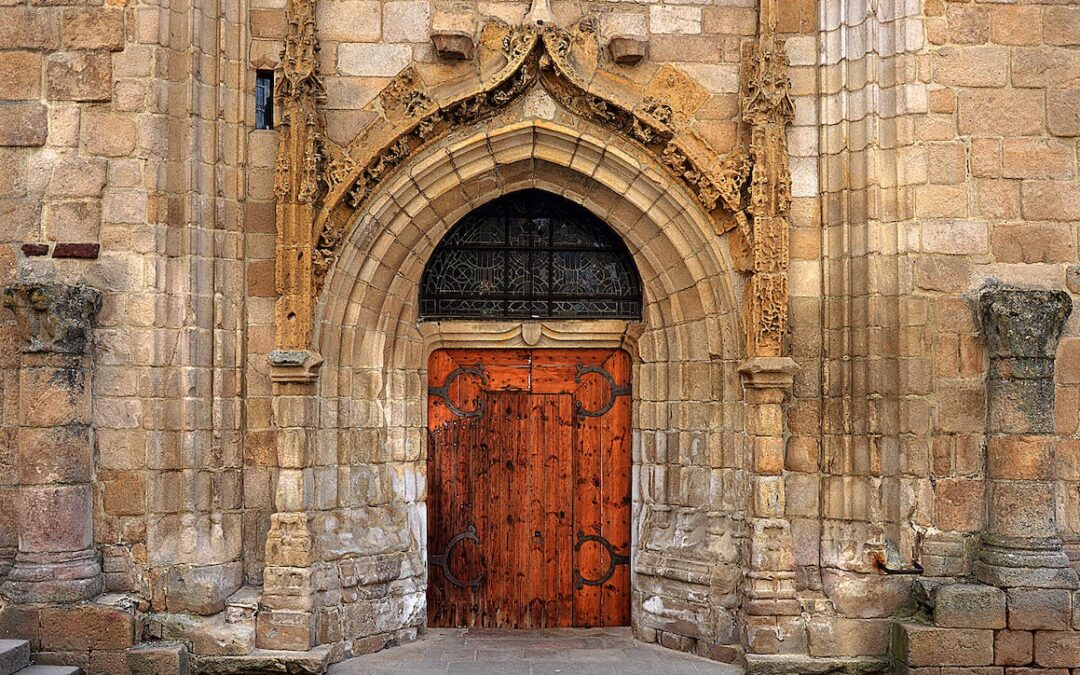Church denominations are a type of organization within Christianity that consists of a group of churches that are in agreement on fundamental beliefs and practices. Over the last 50 years, there have been significant changes and developments within the landscape of church denominations. In this article, we will explore how church denominations have evolved over the last 50 years and what factors have contributed to these changes.
One of the main developments within church denominations over the last 50 years has been the growth of non-denominational churches. Non-denominational churches are independent churches that are not affiliated with any particular denomination. In the United States, the number of non-denominational churches has increased significantly in recent decades, with an estimated 25% of American churches now being non-denominational (Source: “The State of the Church 2019” by LifeWay Research).
There are a variety of factors that may contribute to the growth of non-denominational churches. One factor is the increasing diversity of the American population. With the rise of immigration and the increasing cultural diversity of the United States, many people may be drawn to non-denominational churches that are not tied to a specific cultural or ethnic group. Additionally, non-denominational churches may appeal to people who are seeking a more flexible and individualistic approach to spirituality.
Another development within church denominations over the last 50 years has been the growth of megachurches. A megachurch is a church that has a weekly attendance of 2,000 or more people. In the United States, the number of megachurches has increased significantly in recent decades, with an estimated 1,600 megachurches in operation in 2019 (Source: “The State of the Church 2019” by LifeWay Research).
There are a variety of factors that may contribute to the growth of megachurches. One factor is the increasing urbanization of the American population. With more people living in cities and urban areas, megachurches may be more convenient for people who have limited time and transportation options. Additionally, megachurches may offer a wider range of programming and services, such as small groups or counseling, which can be appealing to people looking for a more comprehensive spiritual experience.
Despite the growth of non-denominational churches and megachurches, traditional denominational churches have also continued to play an important role in the American religious landscape. In 2019, 63% of American churches were affiliated with a denomination (Source: “The State of the Church 2019” by LifeWay Research). Many people may be drawn to denominational churches due to their shared history, doctrine, and sense of community.
In conclusion, church denominations have evolved significantly over the last 50 years. The growth of non-denominational churches and megachurches reflects the increasing diversity and urbanization of the American population, as well as the changing spiritual needs of people. Traditional denominational churches have also continued to play an important role in the American religious landscape. As the world continues to change, it is likely that church denominations will continue to evolve and adapt to the needs of their congregations.

